The Story Of Kids On Fire Escapes In Early 1900s NYC
In the early 1900s, it was common to see children sleeping on fire escapes in New York City. This image captured the struggles of families living in cramped tenements. Watching kids rest on these metal ladders highlighted the challenges of city life and the resourcefulness of families in tough situations.
So, exactly why are kids sleeping on fire escapes so popular? Let’s dig into the article.
The birth of fire escape
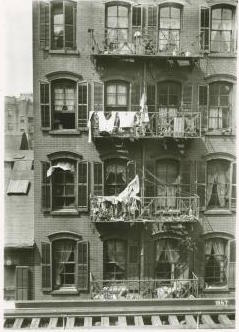
In February 1860, a fast-moving fire broke out in a tenement on Elm Street, now known as Lafayette Street. This tragic incident resulted in the deaths of ten women and children, primarily because firefighters could not reach beyond the fourth floor with their ladders.
Although this was not the first deadly fire in tenements, the media coverage and high death toll sparked a strong public demand for building reforms.
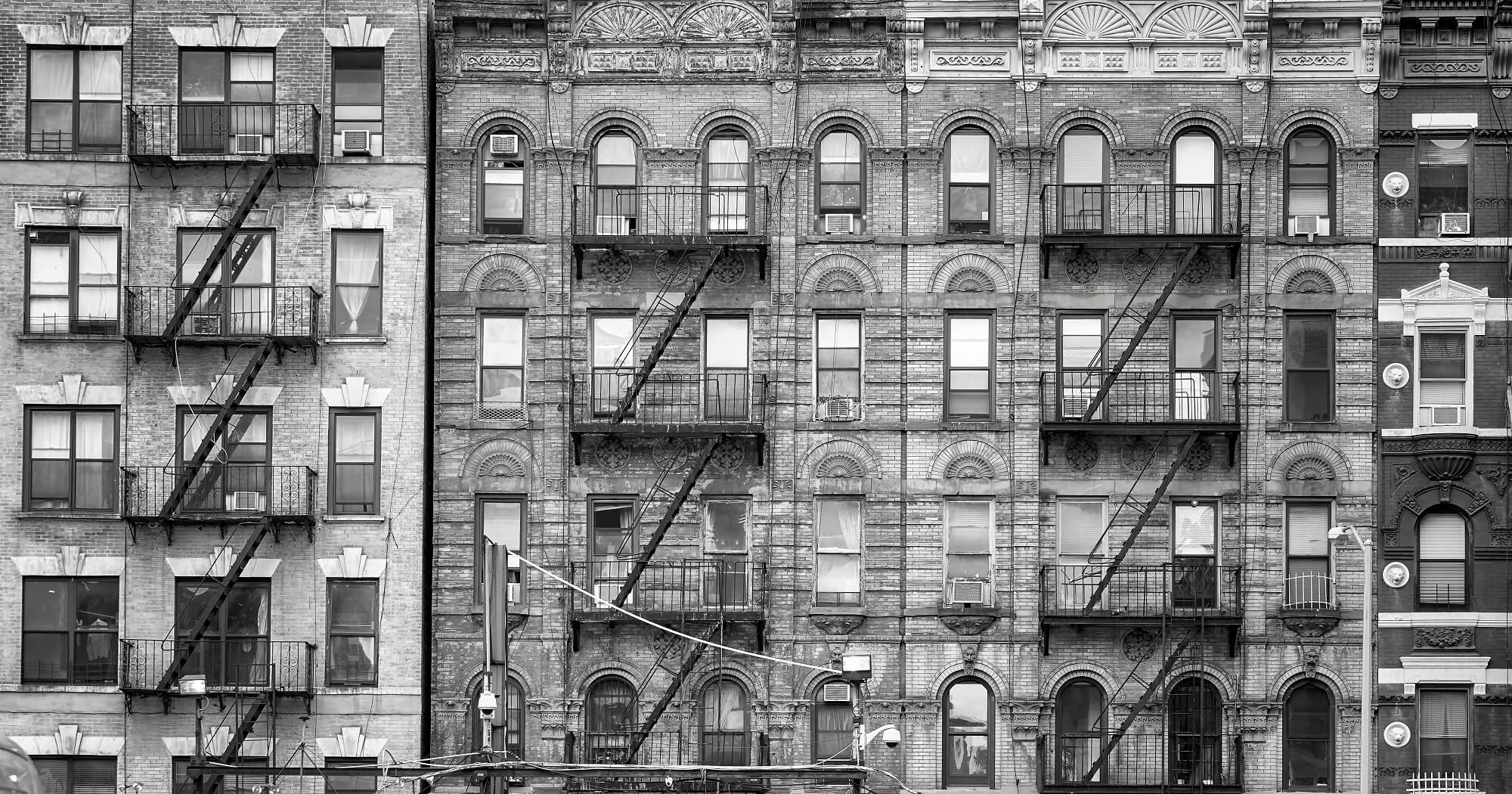
Just two months later, city officials enacted a law requiring new buildings to be constructed with “fireproof” materials or to have “fire-proof balconies” connected by safe stairs. This legislation marked the beginning of the famous New York fire escape.
These metal stairways, often ornate yet sometimes rusted, significantly reduced the number of casualties in future tenement fires by providing a safer exit for residents.
Why Children Sleeping On Fire Escapes
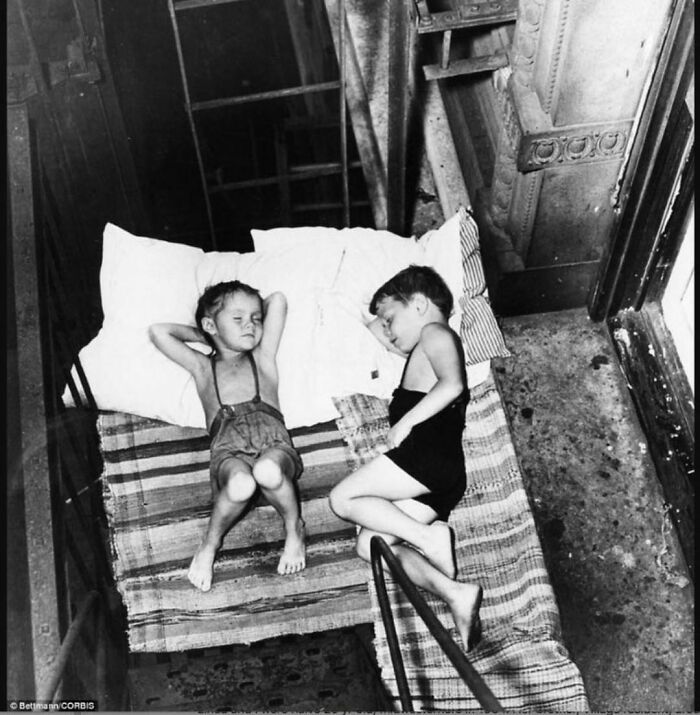
Fire escapes served many purposes beyond their original purpose. One of the main functions was as a storage space. In crowded tenement buildings where large families often shared just a few rooms, fire escapes acted like a makeshift garage or mudroom. Although laws prohibited clutter by 1905, residents still found ways to use these outdoor platforms to store items.
In the winter, for instance, they provided an ideal spot to keep an icebox, allowing families to store perishable food without taking up valuable space inside their already cramped apartments.
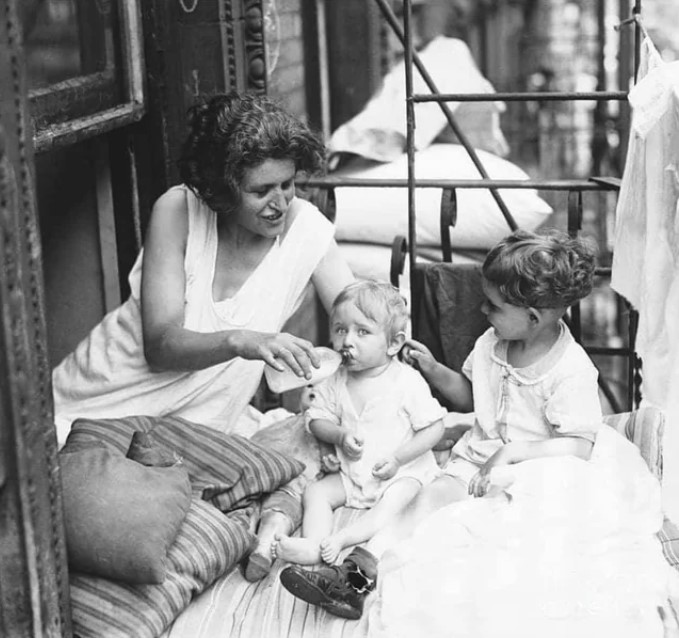
In the early 1900s, during the “heated term,” air conditioning didn’t exist, and even electric fans were a luxury. The city summers were brutal, and tenements felt like ovens, where many immigrant families lived, could become dangerously hot and stifling.
Fire escapes became outdoor bedrooms, the summer porches of the poor. Many people sought respite on the fire escapes, the only open-air areas connected to their homes. Parents would lay out blankets or mattresses on the metal platforms, and children would sleep there to avoid the unbearable indoor heat. Sadly, it wasn’t unheard of for someone to fall off while sleeping and be killed.
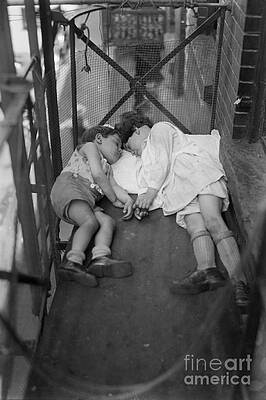
Unlike the later warming in the late 20th century, which is primarily attributed to human activities like greenhouse gas emissions, the causes of the earlier warming are less well understood.
Research suggests it may have been driven by a combination of factors, including internal climate variability, changes in solar and volcanic activity, and potentially early human influences such as greenhouse gasses. The warming was especially pronounced at higher latitudes.

